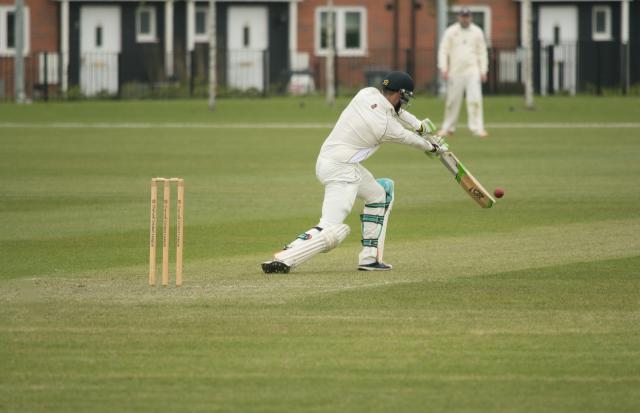
By Mikayla van Loon
Newly released concussion guidelines may change how community and youth sporting clubs across the outer east approach head knocks and prevent injury at a grassroots level.
Peak sporting body, the Australian Institute of Sport (AIS), in collaboration with the Australian Sports Commission (ASC), announced the revolutionary guidelines on Thursday 1 February to align with the return to school and sport.
Although not enforceable, the guidelines will act as an information and reference point for community clubs and associations to better understand concussion and its management, with an option to enact the principles outlined in the report.
A key framework element is the focus on the timeline of returning to exercise and contact sports.
The AIS suggests a protocol of 24-48 hours before an athlete returns to light exercise, with a minimum of 14 days symptom free before returning to contact training.
A minimum period of 21 days is recommended before an athlete then returns to competitive sport.
“It’s important to manage all instances of concussion with an abundance of caution and make it clear that a conservative management approach is needed for people aged under 19 who have growing brains and are at risk of prolonged recovery times, as well as for community sport where advanced health care support is often not available,” AIS Chief Medical Officer Dr David Hughes AM said.
“The AIS wants everyone involved in sport to remember, when considering an athlete with possible concussion, ‘if in doubt, sit them out’.”
The flow on effects of the report have started hitting local clubs, leagues and organisations, with decisions to be made across the eastern districts on if and how these guidelines will be implemented.
Ringwood and District Cricket Association (RDCA) president Michael Finn said concussion and the safety of its players is something the Association takes incredibly seriously.
“The RDCA is committed to exploring the concussion protocols with the view of forming a policy for the safety of all players,” he said.
Mr Finn said the board will discuss and be evaluating the information at the next monthly meeting to ensure the appropriate process is taken because “something like this affects all our players – juniors, seniors and veterans”.
The guidelines would bring Australia inline with the UK and New Zealand’s approach to concussion.
ASC chief executive officer Kieren Perkins OAM said these peak bodies share the concern in preventing harm and concussion in young people.
“I am proud that Australia, along with the UK and New Zealand, is leading the world in concussion guidelines for youth and community sport, ensuring sport remains a safe and welcoming environment for all,” he said.
As an extension of the AIS Concussion and Brain Health Position Statement, the guidelines provide a snippet of what coaches, parents and players should watch out for when it comes to symptoms and protocol suggestions for people with multiple suspected concussions.
More information can be found at concussioninsport.gov.au






